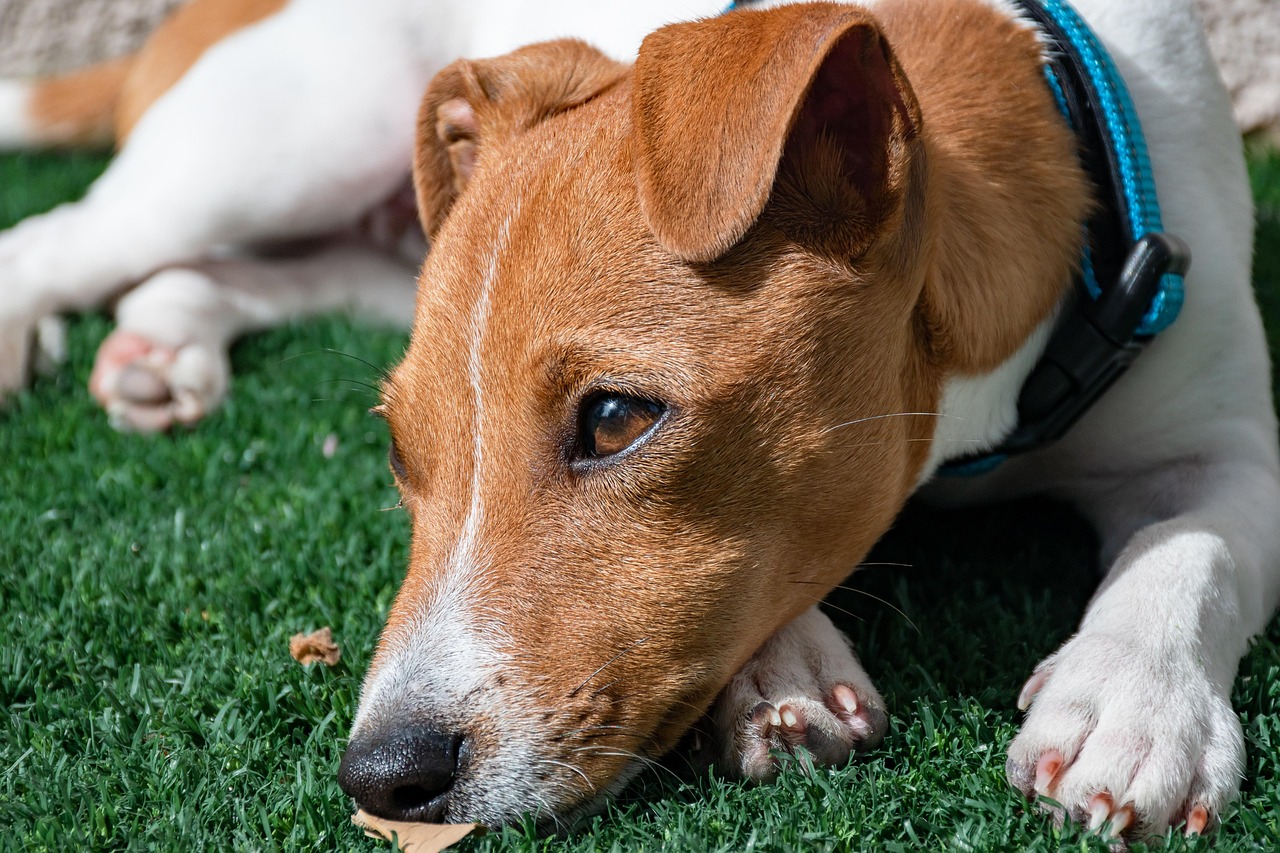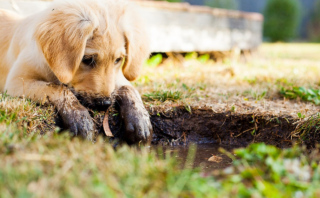Easy Steps for Kids: Mastering the Art of Dog Training
Dog training is not exclusively an adult occupation. With the appropriate guidance, children can play an active role in teaching their beloved pets. The child-pet bond fosters responsibility and empathy among children, while allowing them to participate in practical tasks. In this content, we will explore the methods children can employ to effectively train dogs and consolidate a nurturing relationship.
Advantages of children training their dogs are numerous. It not only provides a sense of responsibility but also improves the child’s communication, cognitive and emotional skills. Children learn to translate abstract concepts into practical tasks and demonstrate empathy, patience and commitment.
One of the critical early steps in kids’ dog training is establishing authority. Children must learn that they are the chief of the pack in the dog’s eyes. It means teaching them to claim their space, how to make their dog stay at a safe distance until called, and ensuring the dog does not barge or push past them. Training should also incorporate basic commands like sit, down, come, stay, leave it, drop it, etc.

Work on one command at a time before moving onto the next. Keep sessions short, typically 5-10 minutes, since both children and dogs have limited attention spans. Reward-based training systems work superbly, because they make training a pleasurable experience. When the dog responds correctly to a command, reward it with a treat, praise or petting.
Making everyday tasks part of the training regime and turning them into games will actively engage children. It could involve asking the dog to sit before its meals or before crossing a street or sending the dog to get its leash. Make it a game to see who can make their dog sit faster, etc.
Frequently Asked Questions
What age can a child start training a dog?
Children as young as three can start simple training with a dog under strict supervision. However, more complex tasks are suitable for older children of around ten years.
What commands should my child teach our dog?
Common commands such as ‘Sit’, ‘Stay’, ‘Down’, ‘Leave it’, ‘Come’, and ‘Drop it’ are a great starting point. They can later be replaced by more advanced commands based on the dog’s discipline and understanding.
How can I make my child stay safe while training the dog?
Bite-proofing is an essential step in this process. Dogs should be trained not to bite or nip. Supervision is crucial, especially during initial stages of training.
What duration should training sessions be for my child and our dog?
Keep training sessions short to maintain attention- typically 5-10 minutes. A few short training sessions daily can yield better results than one long session.
Is it okay if my child gives the dog treats as rewards?
Absolutely! Rewards, such as treats, toys, and praises, help in reinforcing good behavior. They encourage positive reinforcement training, making sessions enjoyable for both kids and dogs.
Training dogs is an incredibly rewarding task. It fosters love, care and mutual respect. However, it’s crucial to remember that every dog is different in temperament, and so is every child. Training should be flexible and adaptable to your individual circumstances. Always supervise early training sessions to ensure safety for both child and dog.

Conclusion
Training dogs can certainly be a game-changer for kids. It can engrave valuable lessons of responsibility, empathy, communication and leadership skills in children that will significantly help them in life. But it’s just as important to remember that successful dog training takes time and patience, and it’s essential to celebrate small victories along the way. Do make training sessions as fun and enjoyable with games and rewards; after all, the key to a great training session is both the child and dog looking forward to it!



